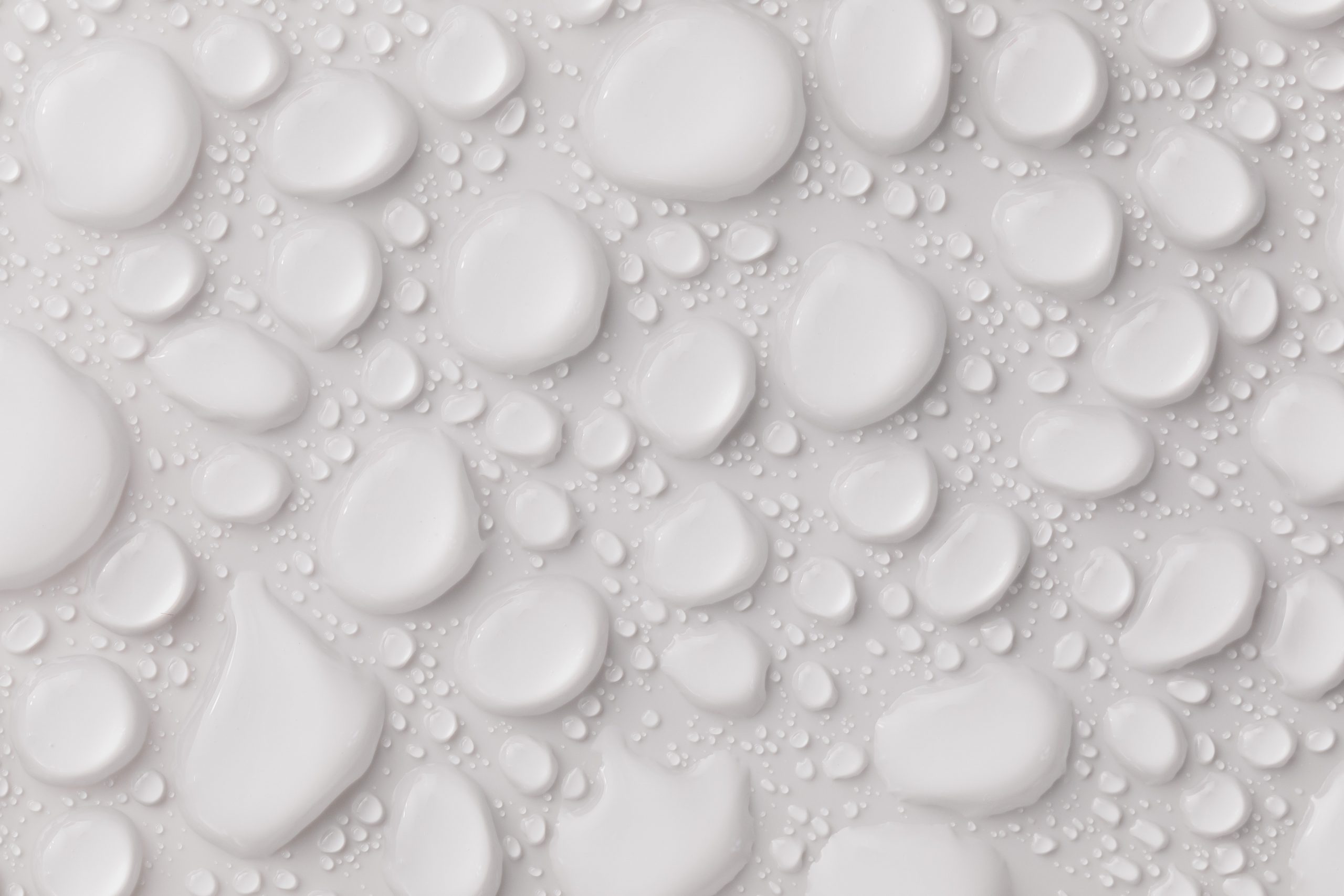You’ve just purchased a shipping container and plan to store items that are sensitive to moisture. Given enough time in stagnant storage spaces, there are a wide range of materials susceptible to water-related damage.
What items can be harmed by humidity in shipping containers?
There a few, including:
- Clothing
- Fabric furniture
- Wood materials
- Cardboard and paper materials
- Organic materials such as plants or food
So what are the risks? What is causing the problem? What are the solutions to keeping the humidity levels under control?
Let’s break it all down!

Why is There Humidity in Shipping Containers
Despite all their value and durability, shipping containers are vulnerable to humidity and condensation. Their metal surfaces make them especially temperature-conductive. Weather, light level, and ambient heat sources all affect the amount of moisture in the air in the container.
If a shipping container’s internal air becomes too warm compared to the coolness of the side walls, it causes condensation to collect on the outer surfaces and ceiling.
What is “Container Rain?” This term is used to describe the collected condensation. You may see water actually dripping from the ceiling or walls of a container.
Shipping condensation can damage your cargo through a variety of means including:
- Warping various materials like plastic, metal, and wood
- Corroding metals
- Producing mold and mildew, especially if you have organic products or materials in your container
- Causing the deterioration of packaging, especially cardboard
Why Does Humidity in Shipping Containers Cause Problems?
What’s the science behind shipping container condensation?
Condensation occurs when air reaches a “dew point”.
Sometimes, shipping container walls can become too cool while the air inside the container can stay or become warm. This causes the water content in the air to condense as it transitions into a liquid from a vapor. The liquid then builds up and collects on the interior metal surfaces of a shipping container.
Over time, this moisture can drip onto sensitive cargo. As you might imagine, condensation dripping onto equipment or products that are particularly sensitive to moisture can result in hundreds of thousands of dollars lost and serious setbacks.
Shipping Container Condensation Issues:
- Consider natural temperature fluctuations during any given day. At Nighttime, shipping containers are usually cooler than during the daytime.
- Ambient temperature from the humidity outside a container can also change overall shipping container temperature.
- Available air space plays a factor. Shipping containers that have a lot of extra air space also have a lot of extra moisture content from that open air. Condensation is, therefore, more likely.
- The moisture content in any shipped goods can play a role. For instance, paper, wood, cardboard, or any other organic materials contain trace amounts of moisture, which can eventually dew as the internal temperature of the container rises. Other commonly shipped products, like certain chilled foods and beverages, can produce their own condensation, adding to the problem.
- Ventilation is incredibly important. Shipping containers that do not have proper ventilation installed or which have their vents obstructed by debris will cause extra moisture to build up. Air flow can equalize temperature, but a lack of airflow causes heat to collect inside a shipping container.
- Opening the doors on a hot day will allow more heat inside the container. Loading and unloading the container can also affect its overall ambient temperature.
For these reasons, it’s a good idea to invest in certain controls to reduce condensation in your shipping containers. You can’t completely eliminate moisture buildup, but you can control condensation through a variety of techniques.
6 Tips for Shipping Container Moisture Control
How do you stop condensation in a shipping container?
Good question. There are a few ways to mitigate the risk of moisture damage in a shipping container. Keep in mind that no single method below is the best way to seal your shipping container and stop condensation from affecting your goods. But implementing several of these will result in better control and removal of shipping container condensation.
1. Improve Ventilation
First and foremost, investigate the ventilation situation for all your affected shipping containers right away. Most shipping containers feature vents – these usually include 10 holes punched into steel walls. They also usually have an external bracket over the top, which helps enable airflow without compromising the watertight nature of the shipping container.
If, for some reason, your shipping container doesn’t already have these vents, you need to get some installed right away. Ventilation is super important since it funnels warm and moist air out of the container and draws in cool and dry air. This equalizes the temperature on the container’s interior and lowers the likelihood of condensation.
Granted, ventilation isn’t the ideal solution for everyone. If you ship goods to wet environments, vents can actually make the problem worse. Furthermore, you might already have enough vents, but they might just be blocked because of your shipping containers being packed too tightly or because of debris clogging the holes.
Either way, look at your ventilation situation and change things according to your needs.
2. Use Insulation
In a nutshell, insulators keep your cargo contents warmer than the normal dew point that leads to container rain. In essence, this prevents the ambient moisture in the air from condensing into a liquid form in the first place. Remember, temperature differences between the container walls and ambient air are what cause condensation in the first place.
3. Use Dehumidifying Tools
A dehumidifier (or several) is another great air condensation solution. Dehumidifiers do exactly what the name suggests; they remove humidity from the air by sucking it away and storing it in a receptacle. The resulting air is drier than normal, so even if there is a temperature variance between your container’s internal air and the walls, no moisture is left to condense.
Remember, dehumidifiers do require maintenance. You need to periodically empty the receptacles where they collect the moisture from the air. You can alternatively set up a hose system and plumb the moisture out of the container.
Some humidifiers also take up valuable space within your shipping container that you might use for cargo. You’ll also need an electrical power supply for any dehumidifying machine.
Dehumidifiers are a great choice if you can get enough of them (and in big enough sizes) for your shipping containers. This is especially true if you are located in a humid environment.
4. Use Desiccants
A desiccant is a product that can absorb water from the air, which reduces the dew point of the air itself. A great example of a small-scale desiccant is a pack of calcium chloride crystals usually found in the pockets of new suits or fancy clothes. These packets absorb ambient moisture and protect the fabric.
The same principle can be applied to your shipping containers. Desiccants come in bags, which can absorb humidity by being hung from the ceiling or placed along the walls. You can also find desiccant blankets that are hung over the top of goods.
These are especially good solutions since they both remove moisture from the air and physically protect products from any droplets that do form. Meanwhile, desiccant pads are placed below goods and stop leakage from making a bigger mess.
Just keep in mind that desiccants need to be replaced and/or dried out from time to time.
5. Switch to Pallets Without Excess Moisture
Many people that utilize shipping containers use pallets to store goods. However, some pallets might make your container rain problem worse. As mentioned above, wooden pallets contain trace amounts of moisture that can lower the dew point of ambient air.
You should always look for pallets that are made with properly dried and relatively new lumber (although not too new, as fresh lumber is usually quite moist).
On the other hand, you can use plastic pallets, which don’t absorb moisture.
6. Paint Your Shipping Container
If you want a more permanent solution against container rain, you can use paint or other linings on the interiors of all your shipping containers. For instance, Grafo Therm Paint is a spreadable coating that will insulate your storage container and keep some of the moisture in the air locked away. However, you have to open the doors of your shipping container regularly to expel moisture from the container.
Multiple Control Strategies: Prevent Humidity in Shipping Containers
If you want to prevent goods from being damaged by something as ubiquitous as moisture, you’ll want to combine several of the methods above for the best results.
Hopefully you found this post helpful. Be sure to pass it on to friends, family, or colleagues also utilizing containers.
And select the button below to start shopping for your next shipping container.
